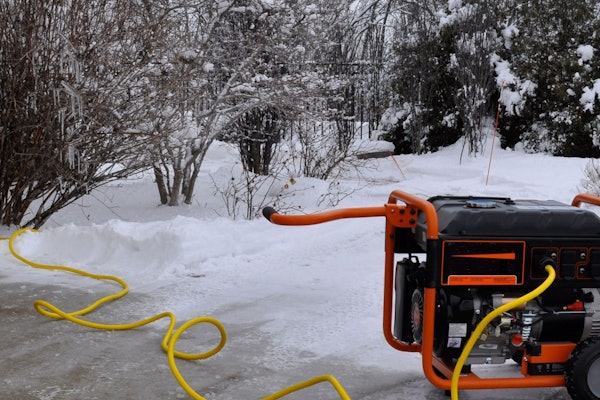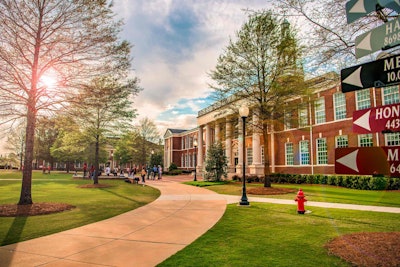 Photo: Troy University/Flickr
Photo: Troy University/FlickrThis is part two in a three-part series. To read part one, click here. The final article will publish on TLC tomorrow.
Maintaining the grounds of a university can sometimes prove an intricate job, but Matthew Shelley, ground manager for Troy University in Troy, Alabama, says the challenges only make the job more interesting.
Growing up with farmers and football coaches in his immediate family, Shelley was no stranger to the great outdoors. From a young age, he says he knew he wasn’t cut out for the indoor and office lifestyle, and around the age of 14, he began working for his father’s landscaping side business.
After graduating from Auburn University with a degree in horticulture, Shelley started his own business in Dothan, Alabama, and a few years later expanded into Montgomery. After partnering with a few contractors, Shelley says his business was able to perform projects in Texas, Ohio, Florida and everywhere in between.
Having had a personal tie to Troy because of his father’s college football career, Shelley jumped at the chance to work at the university when his current position opened.
Day-to-day
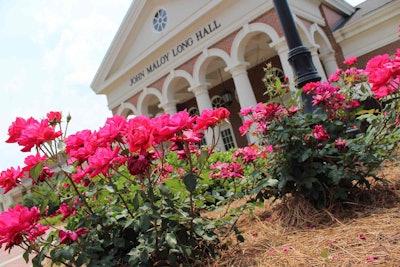 Photo: Beth Hyatt
Photo: Beth HyattAs a green industry professional, Shelley says knowledge of different environments, soils and techniques has been beneficial in his career and in teaching other younger landscapers. As mentioned in a previous article, Troy offers students the opportunity to work on staff with the grounds crew and gain green industry experience in the summer.
“I’ve always had a desire to try to help younger people to become better people,” he said. “I’ve always tried to help. Being in landscaping and grass cutting, you can always bring somebody else on; you always need laborers, so I’ve tried to do that whenever I can. Fortunately, here I have more opportunities to do that through what we do to take care of the campus.”
Shelley says that a typical day for his crew of 27 begins around 6:30 a.m. and can wrap up around 3:30 p.m. The group will meet for a quick staff meeting and run down of the day’s projects before heading out, but Shelley does add that the schedule doesn’t always run according to plan, as new projects can appear or be changed depending on student activities and more.
“Our main focus is, and I spend a lot of my time making sure that, we’re being safe in what we’re doing,” he said. “And trying to plan what we’re going to do for the week, then fit in all the things that are happening that we didn’t know were going to happen. That’s the fun part of it.”
Football preparation
With football season right around the corner, Shelley and Mark Salmon, director of Troy’s Physical Plant, say it’s an all hands on deck situation. Salmon notes that by the beginning of August, the crews will be in full swing for football preparation.
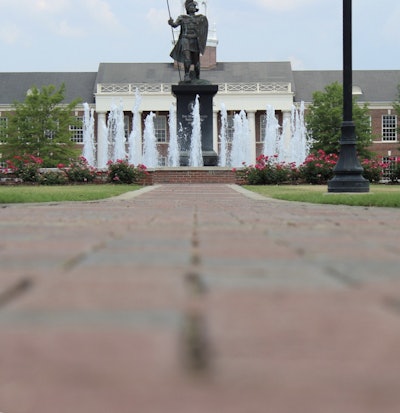 Photo: Beth Hyatt
Photo: Beth HyattTo kickstart the process, all trash and debris must be removed from the stadium, and the area in its entirety must be pressure washed. After each game, the crew must repeat the process, especially if there will be back-to-back games occurring. Shelley notes that the process can also become a bit more rushed when local high schools use the university’s field on Friday nights for football games.
According to Salmon, there are approximately 150 different activities that go into football preparation that cross into grounds, custodial and maintenance operations. Student organizations on campus are also able to clean the stadium after games as a fundraising opportunity, which allows students the chance to see firsthand the importance of keeping the campus clean and the hard work that goes into the cleaning process.
Safety and tree care
With public safety in heavily trafficked areas becoming increasingly important across the country, Salmon says Troy’s Physical Plant has had to re-evaluate planting choices and other practices to ensure there are fewer areas on campus where someone or something could be concealed.
“When we put landscaping in, we try to put landscaping in today that’s different than what we did 15 to 20 years ago,” he said. “We do it in a way where people cannot hide.”
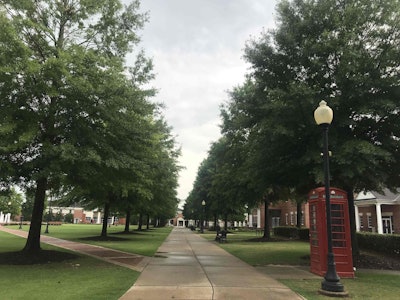 Photo: Beth Hyatt
Photo: Beth HyattSalmon says the university is continually working to improve campus lighting as well, and more cameras have been added in parking lots and all across the campus. Most of the campus, he says, is covered by cameras.
When it comes to university landscapes, Salmon and Shelley agree that trees are a crucial landscaping element that must be watched and cared for consistently.
For the past few years, Salmon says Troy has been a member of Tree Campus USA and has worked diligently to uphold the five standards set by the organization:
- Must have a campus tree advisory committee.
- Must have a campus tree-care plan.
- Must have a campus tree program with dedicated annual expenditures.
- Must observe Arbor Day.
- Must service a learning project.
Salmon notes that the Tree Campus USA initiative has also been pushed out to Troy’s surrounding campuses in Montgomery, Dothan, and Phenix City. When trees are removed on campus, Salmon says the crew will typically replace them one for one.
The ups and downs of the green industry
Shelley and Salmon agree there are numerous aspects of working in the green industry that make it worthwhile, but as with any job, there are a few hiccups that can sometimes derail enjoyment.
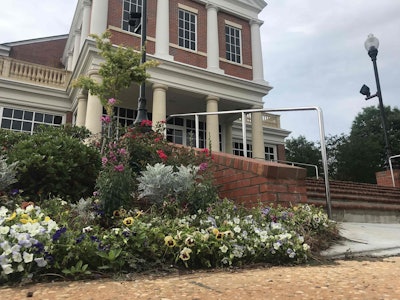 Adams Administration building Photo: Beth Hyatt
Adams Administration building Photo: Beth HyattAs previously mentioned, the nationwide labor shortage deals a heavy blow to the green industry, and both Salmon and Shelley say that available funds, or the lack thereof, can also put a damper on progress.
Shelley notes that his favorite aspect of this line of work is being able to truly test whether or not he’s doing well with his job. At many desk jobs, he says, it can sometimes be hard to measure the success of a project, whereas, with landscaping, you can see the results directly in front of you, as can everyone else.
This, he says, can create a good system of accountability and can push landscapers to always put their best foot forward when working. For Salmon, he also enjoys the public aspect of this line of work.
“I love people, but I also love buildings and grounds,” he said. “There are two pieces that are rewarding for what I do every day. The people side of it (lets you) see people that have success and really excel at what they’re doing. The other thing is that when you start something and finish, you can actually see what you’ve done.”
“I think in this industry and what I’ve observed over the years is that there is a sense of accomplishment,” Salmon continued. “And there’s a way you can look and say, in one way or another, I had a part in that. At the end of every day between all four campuses in Alabama, there are about 174 people who make this work. They are the real day-to-day heroes. They are the ones who make it happen. If they weren’t there, this work would never get done.”
Check back tomorrow for part 3 of this series, where we’ll look into the statues and buildings of Troy and look at what the future holds for the university.







